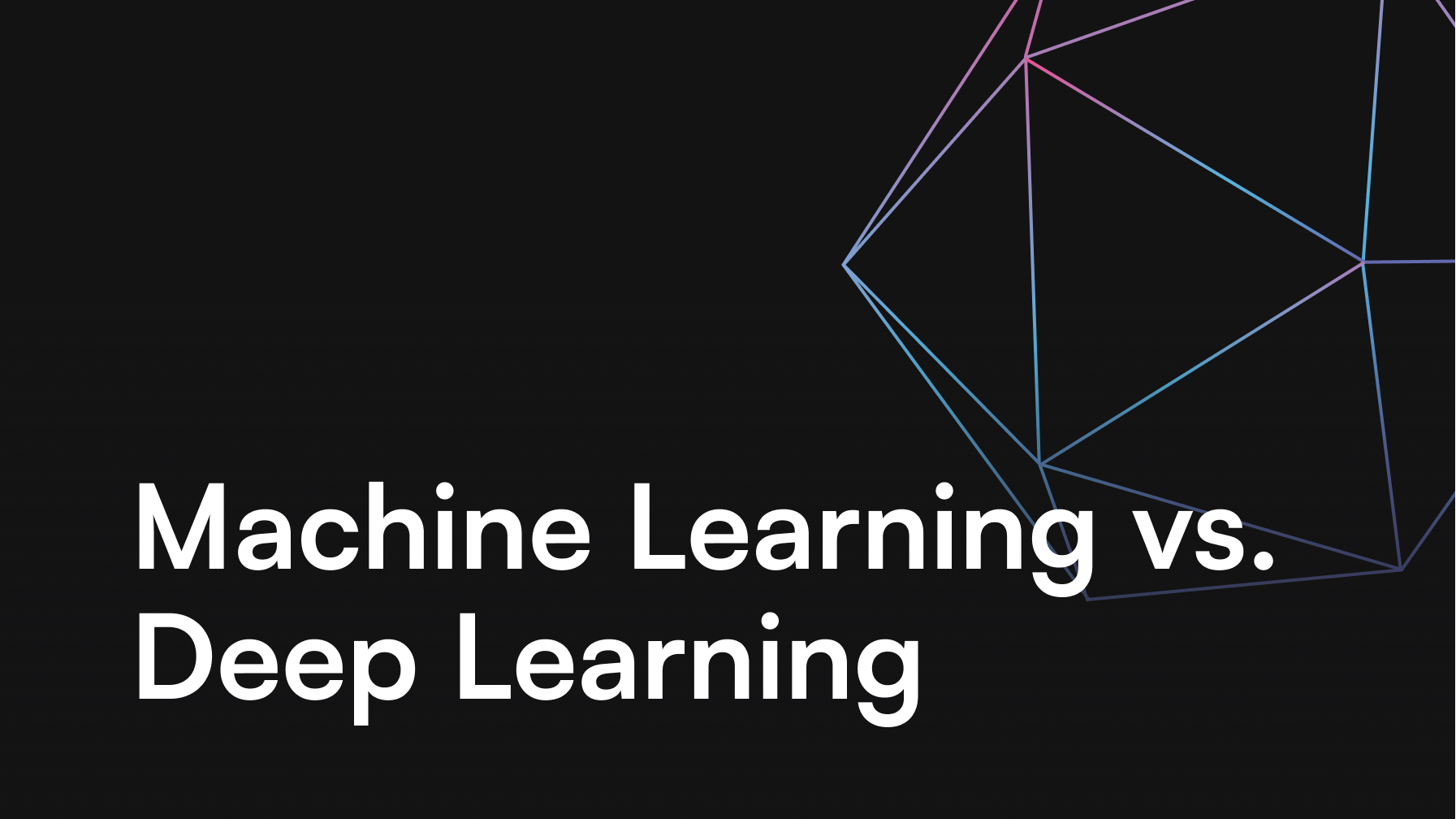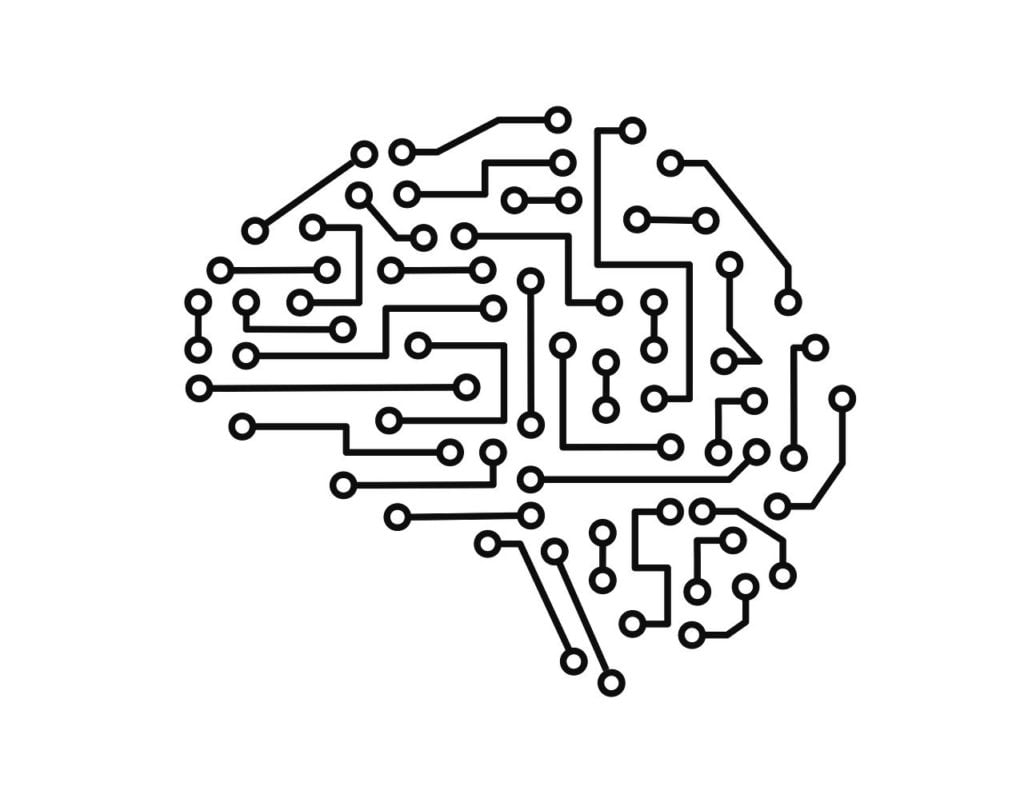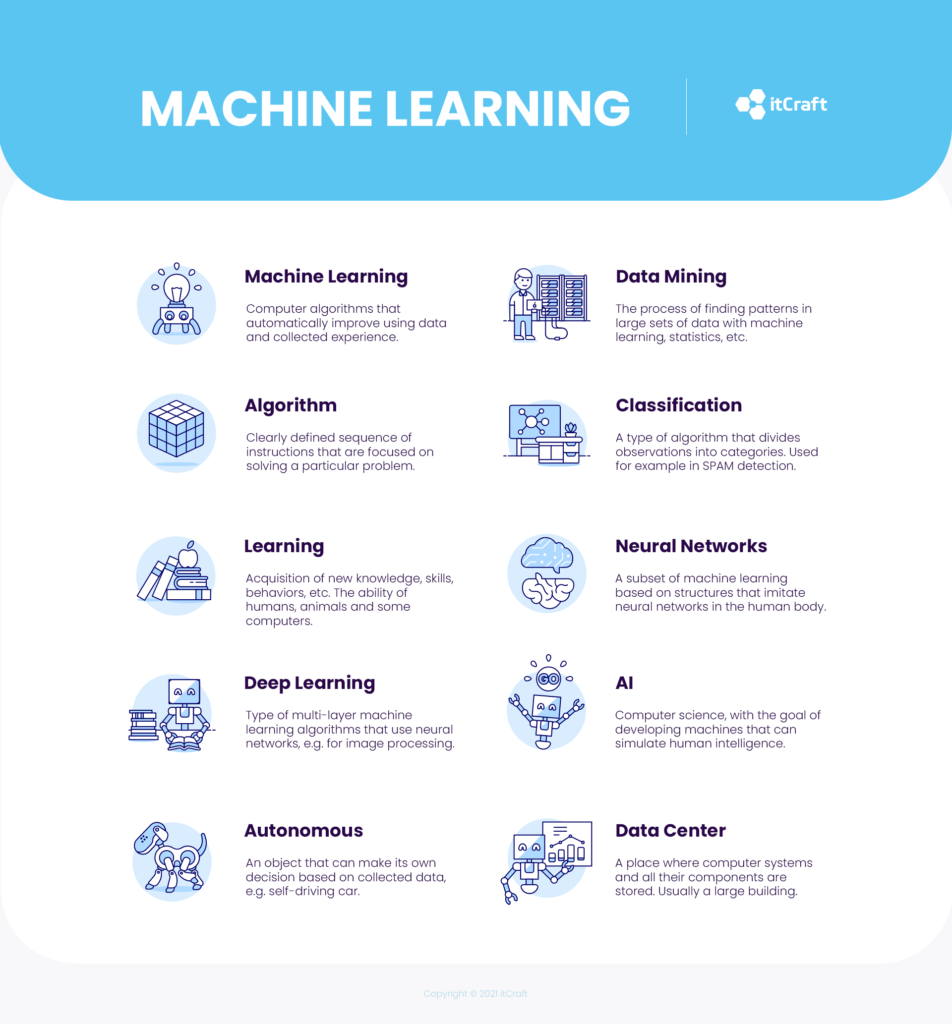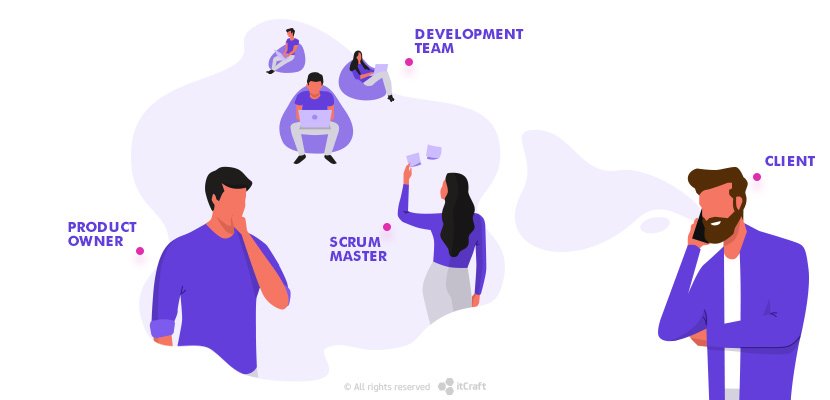Machine Learning vs. Deep Learning

Alexa Trachim

Jakub Kluczewski

Machine learning is still a bit mysterious term – lots of people heard of it, but not everyone knows what it is about. With deep learning, the situation is even worse. But understanding these innovative concepts might be crucial for everyone who is running a business or wants to do it in the future. Especially, if that company operates in an online environment, processes a lot of data, or needs technological solutions to automatize their operations and solve their daily problems.
Table of contents
- What is machine learning vs deep learning?
– Machine learning
– Deep learning - Is deep learning a subset of machine learning?
– What is AI? - Machine learning vs deep learning – the process
– Machine learning algorithm – how it works?
– Deep learning algorithms
– Feature extraction – deep learning vs machine learning - Deep learning vs machine learning – why should we make use of both?
– Deep learning and machine learning – technical differences - Summary
Understanding what is machine learning, what is deep learning and what is the difference between them will be particularly essential when determining which one could become an advantage for us. Picking one of those two options is influenced by the business model, requirements and strategies. So we thought that you could use some help. That’s why this article will explain machine learning, deep learning and other terms associated with them.
What is machine learning vs deep learning?
We’ve already written a blog post about machine learning and how it is a growing trend in the IT industry. But here we want to introduce a little more distinctive approach. Mostly because machine learning and other types of AI algorithms are already present in our everyday lives without us even knowing that. They deserve some recognition.
Machine learning
It’s a large group of algorithms that are a part of artificial intelligence science (AI). In machine learning, the computer uses provided data to learn conclusions and provide predictions. Since a learning machine has more significant capabilities when processing vast amounts of information (and doing it fast) than people, it can be used to solve complicated problems and search for patterns that would be missed by the human eye.
There are different types of machine learning called supervised, unsupervised, semi-supervised and reinforcement learning. Each of them is based on a slightly different methodology used by the algorithm to teach itself.
Usually, in machine learning, the primary role of the human is to tell the machine what it should look for – setting a main “feature” if you will. Some algorithms need it much more than others – there are also computers programmed to look for any possible non-coincidental formulas, based on the data collected beforehand.

Deep learning
Deep learning is claimed to imitate the human brain. It is built from units that are inspired by biological neural networks. The purpose of a deep learning algorithm is to learn new things by using examples. Artificial neural networks are useful in image and speech recognition, natural language processing, translations, filtering information and much more. Deep learning is broadly applied in the healthcare industry, where it helps to design new medicine and detect dangerous diseases like cancer.
Deep learning is based on layers. Although artificial neural networks are not dynamic and evolving like a neural network in a brain, their capabilities can be very similar to what humans can do. Each layer in deep learning neural networks is responsible for something else. When we add more advanced layers, the possibilities grow. That’s why these algorithms are called “deep” learning algorithms – because every time we add a new layer to their neural network, their potential grows – or should we say, deepens.
Is deep learning a subset of machine learning?
The difference between deep learning vs machine learning is not that significant. It implicates that deep learning algorithms can be similar to machine learning algorithms, just being based on their own concept of artificial neural networks. And that is correct. Deep learning is indeed a subset of machine learning. And they are both a part or even bigger group of algorithms – called artificial intelligence or AI for short.
What is AI?
Artificial intelligence (AI) is a big group of computer science terms and concepts that is based on the goal of programming human-like intelligence into the machines. Usually, we associate artificial intelligence with robots that look, talk and act like humans. And science fiction movies always played with the idea of robots discovering their personalities, emotions and thoughts that would make them even more similar to people. And in consequence – maybe they would want to destroy us.
In real life, artificial intelligence is not only used to create humanoid robots. Scientists use it for our common good – like fighting fatal illnesses, solving problems from the area of biology, mathematics, physics or chemistry, predicting economic and financial situations, programming everyday objects so they could serve people and much more. Artificial intelligence is present in many areas of our lives. It is used to create self-driving cars, smart assistants like Alexa or Siri, chatbots for brands that want to automatize their customer support and social media functionalities like face recognition. It filters our emails and customizes our search engine results.
Many algorithms are included in the artificial intelligence group – for example, machine learning and deep learning. Comparing deep learning or machine learning vs AI wouldn’t make much sense, because it is an integral part of it.

Machine learning vs deep learning – the process
Even though deep learning is a subset of machine learning, their learning processes have some distinct differences that are worth to be recognized. Explaining them can help you understand why deep learning is included in machine learning algorithms.
Machine learning algorithm – how it works?
We’ve mentioned already that there are different types of machine learning and that their classification is based on the level of human involvement. But let’s focus on the basic idea of machine learning and analyze how it works in general.
Machine learning algorithm needs to have an input – we provide some information and define features that will help the machine find out similar examples when it analyzes the data. Labeling data inputs makes the machine learning algorithm recognize similar pieces of data. So, for instance, in image recognition, we teach the machine how the pictures of cats look like. Then we give it tons of different images (with cats and without) and ask the algorithms to tell us which ones present cats. That’s the most basic machine learning type called supervised learning.
In unsupervised learning, we just provide the data to our algorithms and teach it to find out patterns, whatever they can be. There is no main feature, but rather a purpose to analyze the data and find out points that stand out of it. Semi-supervised learning combines the two above and works on partially labeled data and partially unlabeled data.
Deep learning algorithms
Algorithms that are deep learners are based on neural networks, as we determined before. A neural network is built from layers and each layer is responsible for processing different types of data. For example, one layer can handle data that conceptualizes shapes and another will be finding more particular characteristics like distinctive parts of the human face. Let’s stay with the image recognition example to find out how deep learning analyzes provided data.
Each data input goes through every layer of deep learning neural networks. Each time the layer analyzes the data by using its purpose (shapes, digits, colors, etc.) and then passes it to another layer. After the final layer, it creates an output. Of course, before that, the layers need to have some learning material – so they are provided with training data.
Feature extraction – deep learning vs machine learning
The process of feature extraction can distinguish deep learning and machine learning. For both machine learning and deep learning, it happens differently.
The process of machine learning and deep learning is based on 4 steps which are:
- Input
- Feature extraction
- Feature classification
- Output
In machine learning, the feature extraction part is done before the classification part. The agent responsible for labeling the data decides which features are the most important – let’s keep the example of image recognition with cat pictures as our data. We provide the machine learning computer with images of cats and tell it which part is the ears, the eyes, the nose. Later, when the machine learning analyzes input data, it compares the provided pictures and looks for similar parts that look like cat ears, eyes, or noses. The output? Other images of cats.
The difference between deep learning and machine learning is that the feature extraction in deep networks is automatized. Neural network layers both extract the data and classify it. Each layer in the network processes a small piece of data and the next layer combines the data from previous layers to create the output. The network filters every information to find out if the input data is similar to what it learned before. Then it produces the output based on every filter installed in the network.
Deep learning vs machine learning – why should we make use of both?
Learning models, we explained today – machine learning and deep learning – are equally crucial for computer sciences and artificial intelligence studies. Their process of data analysis is slightly different. Machine learning is based on diverse types of algorithms, deep learning – on neural networks.
Comparing deep learning vs machine learning is not that important, because these two complement each other. Their history dates back to the times where the first computers were invented. Deep learning, as the subset of machine learning, was introduced much later, but they are both parts of the same science area.
Machine learning and deep learning operate in slightly different environments, but they are equally necessary.
Deep learning and machine learning – technical differences
When it comes to data dependencies, machine learning operates much better on small or medium data sets, while deep learning is excellent for significant amounts of data. Neural networks also require more powerful computers to work correctly, while machine learning software works well even on less advanced hardware.
The time needed for achieving results is also slightly different for these two. A neural network can even take weeks to produce an output because it has many more layers to process, so the computing takes much longer. Machine learning, depending on the algorithm type, learns faster and releases results within hours or even minutes.
Let’s summarize it
As you can see, these two models are based on complex computing processes that follow a set of rules and a particular type of logic to read the provided data and, as a result – conclude, predict and find specific patterns.
Each of these two is equally important for today’s world and the future upon us. The world of machines can continuously grow and better itself thanks to machine learning, deep learning and artificial intelligence. They are already a part of our lives – if you use a computer or a smartphone, then you probably stumbled upon them more than once.
If you are looking for this type of learning solution – we can program one just for you. Let us know what you have in mind. We can work together to achieve extraordinary goals.
Learn more
Why is machine learning a growing trend?
What is a cloud application?
Android app development technology – introduction to Kotlin
How much does it cost to make a booking type app?
19 Apps built with Flutter Framework






